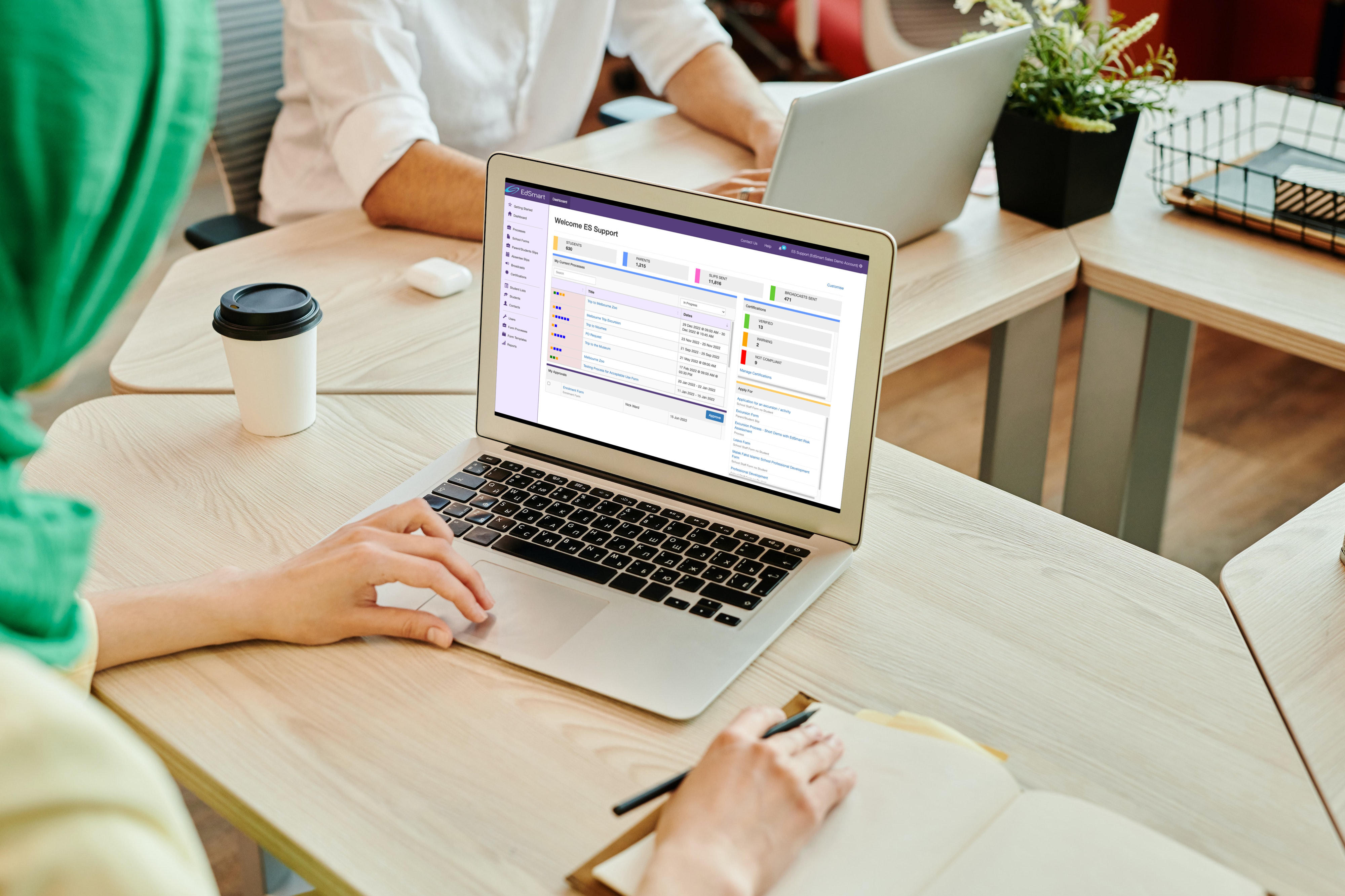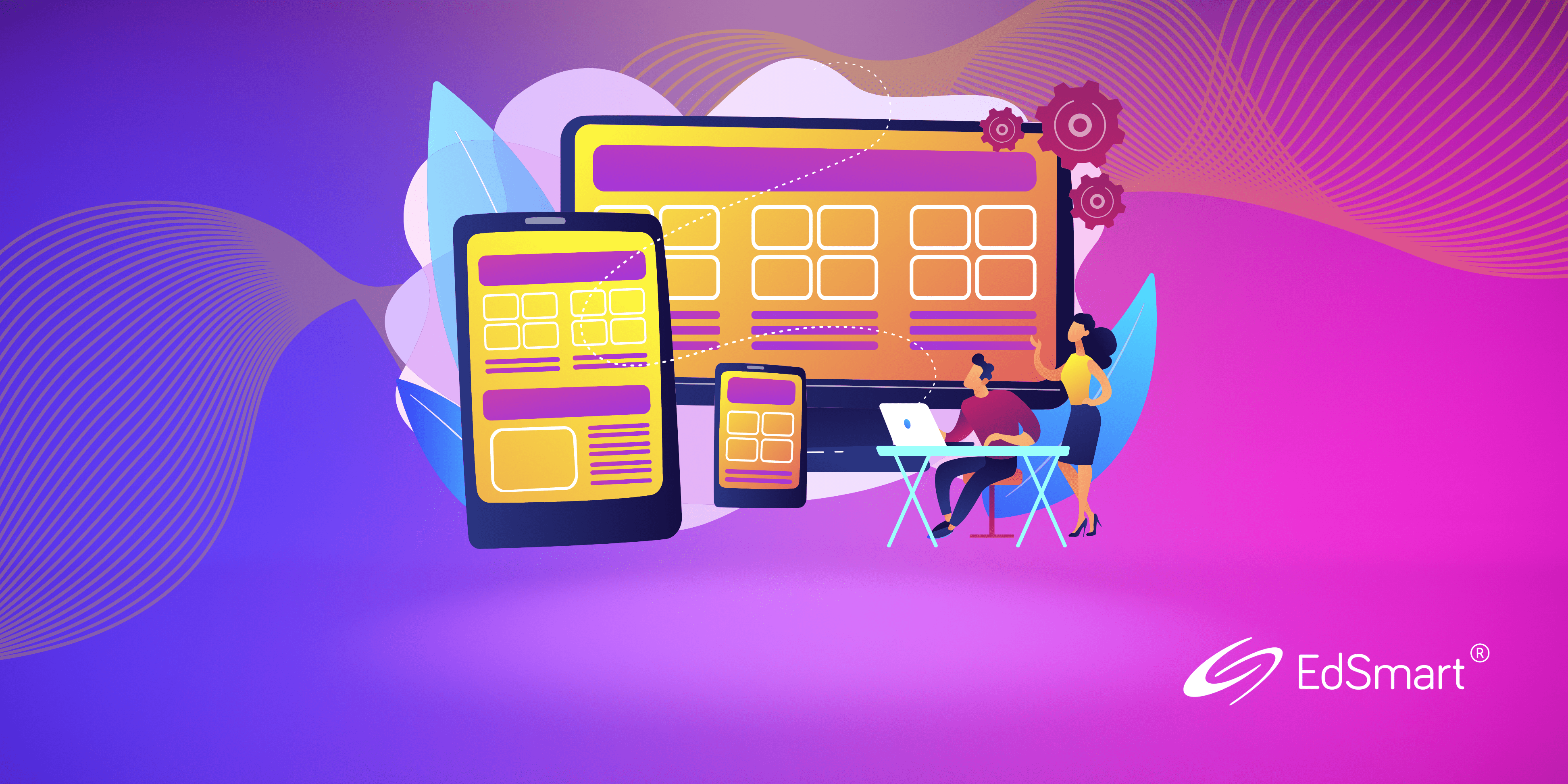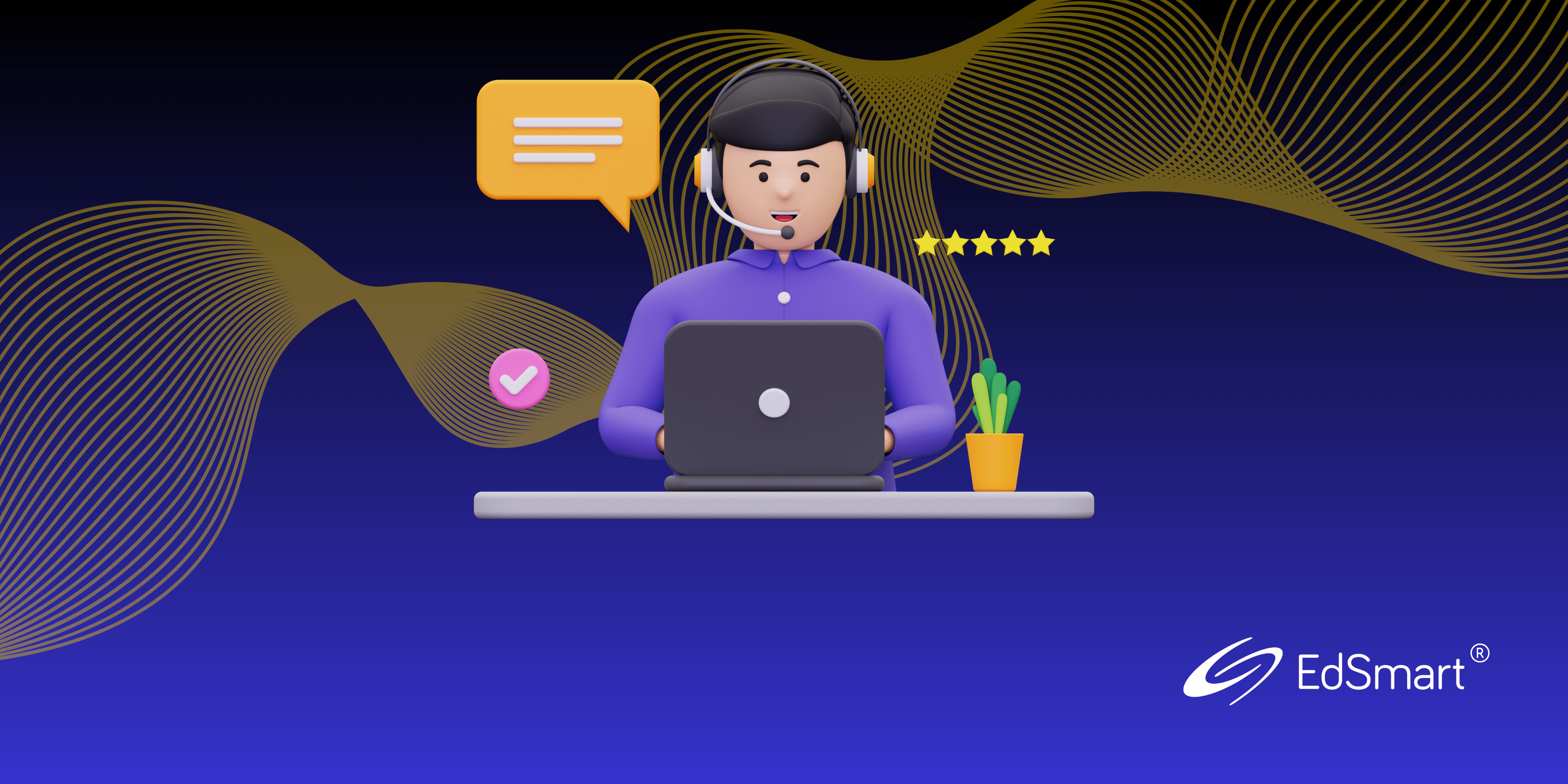We talk to education IT expert Mike Parker about what value looks like when it comes to your school’s technology stack.
Mike Parker possesses over 20 years’ experience in IT. As well as working at NASA’s Ames Research Centre in California, he’s led information and communications technology teams at a number of prestigious schools in Australia. He’s also lectured for the University of Sydney Diploma of Tertiary Preparation.
As head of Parker IT, he has conducted important research into online learning and the impact of technology on traditional education.
In sharing his expertise with EdSmart, Mike believes, when it comes to getting value from your EdTech, making life easier for the entire school community should not be compromised in favour of saving money. To do so could be a false economy.

Mike Parker
EdSmart: What do you mean when you say ‘getting the most value from EdTech’?
Mike Parker: “To me, it’s definitely not about just saving money. It’s about saving time more than actually saving money. Getting the most value also means you have systems that talk to each other, and they are set up correctly. That naturally leads to time savings.”
What are some of the biggest financial mistakes you see schools make when implementing EdTech?
“What I’ve seen in the past is schools being afraid of getting somebody in to help them when they clearly need it. Obviously, with the bigger systems, it’s more important to get that help because the risk of something going wrong is greater, but I don’t think that schools always consider the cost in terms of the manual processes or existing systems when they’re implementing new ones.”
What should schools look for to ensure they’re getting high quality software?
“High quality software easily integrates with other software that schools might want to use; that’s a clear indication of quality.”
“Another indication that I look for is the ease of use. I don’t think there’s a point to having a piece of software with a million features that are difficult to use, because no one will bother using them. Quality software needs to complement what’s already there, and work alongside what you already have, to make life simpler.”
Is it possible for schools to successfully future-proof their technology?
“You have to accept that you can’t completely future-proof anything. In fact, future-proofing is a danger in itself, because you are paying for something that might not occur. If it doesn’t occur, you have overspent money that could be better used elsewhere.”
“One of the things that you can do is talk with other schools and understand where they’re going. Look for trends in the market, look for companies that seem to be good, that are innovative, and that are telling you things that you need to know.”
“My approach is to speak to a lot of vendors and I listen to them. Not everyone does that. In fact, many people don’t do that in my position.”

What role do learning goals play when searching for the best software, especially with student management and administration software?
“It’s a difficult question but, generally, the job of good student management systems or administration systems is to grease the wheels and make things easier.”
“There are tons of paperwork for teachers to go through, to do daily tasks, as well as tons of paperwork for the rest of the support staff. So, a good system minimises the amount of work that they have to do, and then people can get on with what they do best, or get on with what they want to do. For teachers, we want to free up their time to make the magic happen in the classroom.”
What’s a best-practice approach for schools when introducing new technology?
“Schools need to ask some basic project management questions: What is it that we are really trying to achieve? Do we know how to do this particular task well enough to achieve our goals? Do we have time to do this well? Are we adequately staffed to do this? Then, it’s just a matter of thinking about whether or not you actually need to bring in someone else from the outside. If you can do it internally, then that’s great.”

Do you have any hot tips for schools when weighing up the monetary costs of their technology?
“Schools need to consider the different costs involved. Some of the costs will be in terms of integration with other systems. If it doesn’t integrate, there’s obviously a cost in manually creating things. Sometimes, schools don’t want to do anything, and they need to think about the cost of not doing anything. Do they have multiple systems paying multiple licensing? Sometimes, they’re thinking about bringing in a new system that’s a duplicate, and that’s a challenge as well.”
“Some of the challenges are weighing up the cost if you decide not to do something: Will you lose your good staff because they’ve had to manually enter data for the last couple of years? If you’re trying to attract new parents and you hand them a stack of paper forms, what’s the cost of that? You may never actually learn that cost; it could simply be that the parents say, ‘Well, look, this school’s obviously behind the times or don’t know what they’re doing, because they’re handing me outdated paper forms.’ We are not in that age anymore, yet some schools are still reliant on paper and unintelligent forms.”
“Schools need to think about the cost of a poor implementation of a product and take steps to reduce that risk, particularly with school management systems. I mentioned earlier that I thought school management and admin systems should be all about greasing the wheels. A poor implementation is like putting grit in the wheels. I think there are plenty of schools out there blaming school management systems when it’s actually the fault of a poor implementation. There’s a huge cost in terms of labour, duplicate processes and staff getting frustrated. So, I really think schools need to consider that – whether they’ve implemented the school management system well and, if not, whether or not they need help fixing their Implementation.”
How important is it to buy local?
“I’m really interested in buying local. My reasons tend to be pragmatic, I don’t look at it like going down to the farmer’s market. The reason I want to buy local is because I want to support what’s within Australian and New Zealand time zones.”
“Integration is also important. Going local increases the chance of gaining an IT partner who understands the local ecosystem; understanding that a school in New Zealand and Australia probably uses certain systems, and understanding where that piece of software that’s being sold to me exists within that entire ecosystem.”
“If I go and I buy a random piece of software from the UK or from the US, they might not understand anything about any of the other software that I’m using, and it probably won’t integrate. I think that’s why it’s important.”
“Another reason is the ability to occasionally have a face-to-face conversation at a conference. While it might not seem important with video conferencing, I’ve found local vendors very accessible at conferences. I have had many fruitful discussions with founders and CEOs.”
To learn more about his career in IT or to make make contact with Mike, visit his Linkedin page
To find out how EdSmart can help you get full value from your EdTech, contact us.



